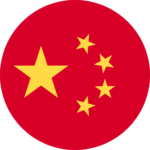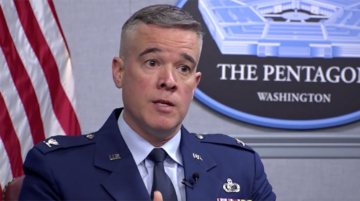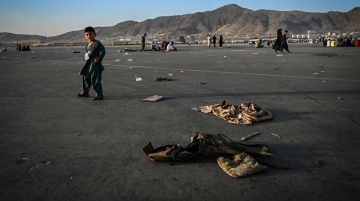
By Alonso Illueca, CGSP Non-Resident Fellow for Latin America and the Caribbean
The recent visit by United States Secretary of Defense Pete Hegseth to Panama marked the latest chapter in the ongoing strategic standoff between Washington and Beijing. From U.S. President Trump’s reiterated threats to “take back” the Panama Canal to U.S. Secretary of State Marco Rubio’s visit to Panama in early February, concerns about China’s presence in the waterway and its supposed control over the canal has remained a constant theme in U.S. foreign policy. Hegseth’s mission was clear: push Panama to pick a side.
Public Alignment, Private Doubts
On April 8, 2025, Panamanian President José Raúl Mulino, Panama Canal Authority Administrator Ricaurte Vásquez, and Secretary Hegseth issued a joint statement following a bilateral meeting. In it, the U.S. welcomed Panama’s exit from the China-led Belt and Road Initiative and praised its commitment “to reduce China’s problematic presence in other areas.” The statement also highlighted a “joint resolve to strengthen bilateral Canal security cooperation.” The statement stops short of directly characterizing China as a threat to the Panama Canal—though the subtext was hard to miss.
Hegseth’s visit produced several agreements that underscore Washington’s unease. Chief among them was a new Memorandum of Understanding (MoU) on cooperative security activities, which lays the groundwork for increased joint operations between the U.S. military and Panamanian security forces. In practice, this means rotational deployments to former U.S. bases such as Rodman Naval Station, Howard Air Force Base, and Fort Sherman.
Per U.S. Southern Command and Secretary Hegseth, the expanded partnership is aimed at countering “China’s malign influence.” At the Central American Security Conference, Hegseth warned of China’s “growing and adversarial control of strategic land and critical infrastructure,” stressing that “the Panama Canal is a key terrain that must be secured by Panama, with America, and not China.”
Nonetheless, behind closed doors, Mulino asked Secretary Hegseth to provide concrete evidence of China’s alleged threats to Panama and the canal. According to Mulino, Hegseth was unable to provide any, with the Secretary stating that it was a matter based more on perception rather than reality. If true, this exchange highlights Panama’s balancing act: rhetorically neutral, but increasingly aligned with the U.S.’ side publicly, as indicated by the Joint Statement and MoU.
Neutrality in Question
Another example of this kind of public alignment is the February 2025 Cyber Cooperation arrangement between the U.S. Southern Command and the Panama Canal Authority. The pact is aimed at reinforcing digital security and ensuring operational continuity of critical infrastructure in the face of emerging cyber threats through collaborative frameworks. While it does not directly mention China, it must be read in conjunction with a January U.S. Senate hearing in which a bipartisan group of lawmakers raised concerns about China’s influence over the Panama Canal. Democratic U.S. Senator Maria Cantwell urged Panama and the U.S. to work cooperatively on “new cyber security measures to close backdoors to foreign adversaries,” namely China. The Cyber Cooperation arrangement is a direct result of that call.
During Hegseth’s visit to Panama, the two countries signed another agreement—a joint declaration on security matters providing for “First and Free” transit (”cost-neutral,” according to the wording in the agreement) through the canal for U.S. warships and auxiliary vessels. This provision risks undermining the neutrality regime of the canal, as it creates preferential treatment. Looking beyond the legal and constitutional problems tied to their implementation, these developments make it very unlikely that China would adhere to the neutrality Protocol of the Panama Canal treaties in the near future.
Shoulder-to-Shoulder, Toe-to-Toe
Upon his return to the U.S., Secretary Hegseth doubled down on his rhetoric. He accused China of attempting to control politicians, build infrastructure projects, and conduct surveillance in Panama. Moreover, he claimed that China was building a tunnel underneath the Canal, building a bridge, and installing cranes, all of which could be used for surveillance. He called on Panama to remove all “insidious influence” and praised the new agreements as a step towards pushing out “nefarious, malicious Chinese influence.” Panama’s exit from the Belt and Road Initiative and the recent CK Hutchison–BlackRock deal were, in his words, signs that both nations are “shoulder-to-shoulder” in telling China to “get out.”
These developments are the latest in a series that highlight how Panama is now a frontline in the U.S.-China strategic competition. More than a bilateral issue, Panama is becoming a bellwether for how countries in Latin America and the Caribbean may navigate their relationships with the two superpowers. With Washington ramping up pressure and Beijing deeply embedded, the region is fast becoming a key battleground in the contest over 21st-century spheres of influence.






